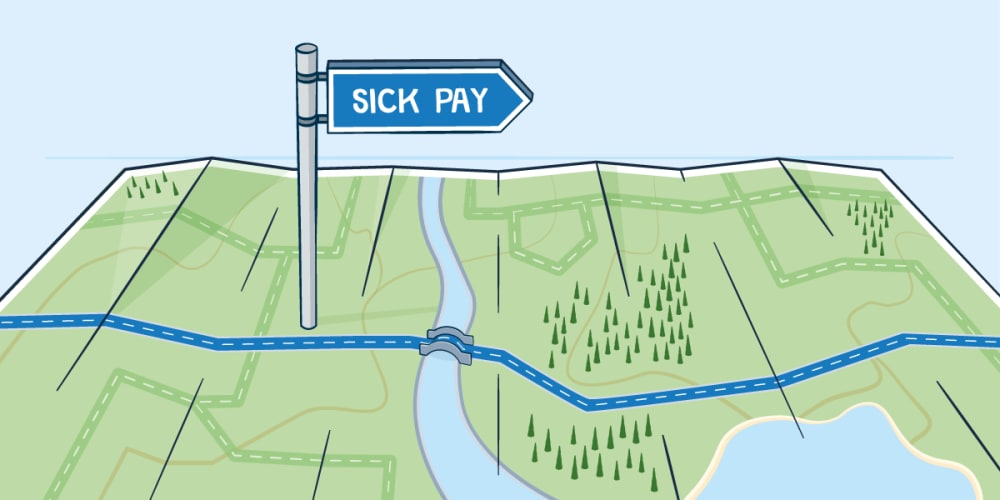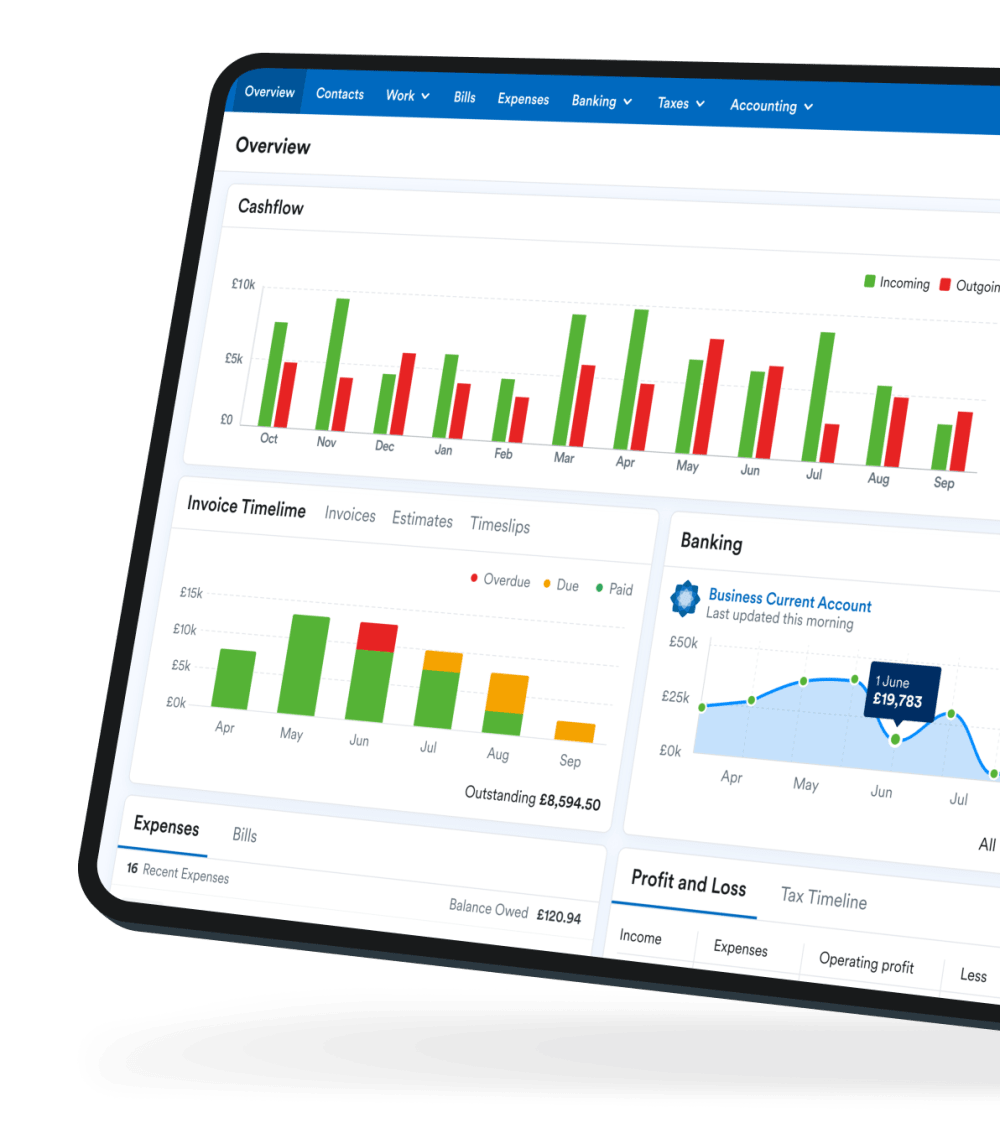Sick pay for the self-employed: what you need to know

It’s inevitable that at some point in your business career, you will, unfortunately, be unable to work as a result of illness. This guide highlights the help that’s available from the government.
Are small business owners entitled to Statutory Sick Pay (SSP)?
Employment and Support Allowance (ESA)
Can you still work while claiming ESA?
Are small business owners entitled to sick pay?
Your entitlement to claim any form of sick pay depends on your business type:
Limited company directors
Employed workers, including limited company directors who are employees of their own company, are entitled to claim Statutory Sick Pay (SSP) from their employer to cover periods of illness. In order to qualify for SSP you must:
- have been ill for at least four days in a row (including non-working days)
- earn an average of at least the Lower Earnings Limit, which is currently £123 per week
From 10th April 2023, SSP is paid at a rate of at least £109.40 per week; the exact amount paid depends on your employment contract. Payments usually begin from the fourth day of illness. There are different rules for calculating SSP entitlement for directors who are not paid contractually by a regular salary.
Note that employers cannot reclaim SSP, unlike other kinds of statutory pay such as parental pay, from the government, but employees, including limited company directors, can apply for government support in the form of the Employment and Support Allowance (ESA). Employees cannot claim ESA if they are receiving SSP from their employer.
Sole traders and partners in partnerships
Sole traders and partners in a partnership cannot claim SSP but can apply for ESA.
Employment and Support Allowance (ESA)
Employment and Support Allowance (ESA) is a fortnightly benefit payment that’s designed to help you make ends meet until you’re fit enough to return to work if you’re unwell or if you have an illness or disability that restricts the hours you can work. You can claim for ESA if you meet all of the following criteria:
- You are under the state pension age.
- You have a disability or health condition that affects how much you can work.
- You are not currently claiming SSP through an employer.
- You are not currently claiming Jobseekers’ Allowance (JSA).
- You have paid enough National Insurance contributions in the last two to three years.
‘New Style’ ESA
From January 2021, all new claims will be for ‘New Style’ ESA. In order to qualify, you need to have either worked as an employee or been self-employed over the last two to three years and to have made sufficient National Insurance contributions. If you’re unsure about whether you’ve made sufficient contributions, you can check your National Insurance record. If there are gaps in your record that could mean you have not made enough contributions, you might be able to purchase National Insurance credits to make up the deficit.
You can apply for ‘New Style’ ESA online or by phone. You’ll need to provide the following information:
- Your National Insurance number
- Your bank or building society account number and sort code
- Your doctor’s name, address and telephone number
- A fit note from your doctor (this is sometimes referred to as a ‘sick note’ or a ‘statement of fitness for work’) if you’ve not been able to work for more than seven days in a row
- Details of your income
- The date your Statutory Sick Pay (SSP) ends, if you’re currently claiming it
The government states that the Department for Work and Pensions (DWP) will contact you within 10 working days to schedule an appointment, which will normally be over the phone with a work coach from your local Jobcentre Plus office.
How much is ESA?
The amount you receive depends on factors like the progress of your application, your age and whether or not you’ll be able to make enough of a recovery from your illness to get back into work. The amount you have in savings won’t affect claims. The amount you receive will also depend on whether you fall into the ‘work-related activity’ or ‘support’ group after your assessment:
| Status | Amount you can claim | Under 25 while your claim is being assessed | up to £67.20 a week |
|---|---|
| Over 25 while your claim is being assessed | up to £84.80 a week |
| In the 'work-related activity' group (deemed to be fit enough able to get back into work) | up to £84.80 a week |
| In the 'support' group (deemed not fit enough to get back into work) | up to £117.60 a week |
If your claim is successful, payments will be made into your bank account every two weeks. If you’re in the ‘work-related activity group’, ‘New Style’ ESA lasts for 365 days. If you’re in the ‘support’ group, there’s no time limit.
Can you still work while claiming ESA?
As a general rule, you can still work up to 16 hours and earn up to £152 per week while claiming ESA. Some work is also classed as ‘permitted work’, which you can continue while still receiving payments. For more information on working while you claim ESA, take a look at the government’s guidance on ‘permitted work’.
If you still need to work while claiming ESA, or if you’re unsure that the work you want to continue is classed as permitted work, you should call the ESA helpline and complete the permitted work form.
